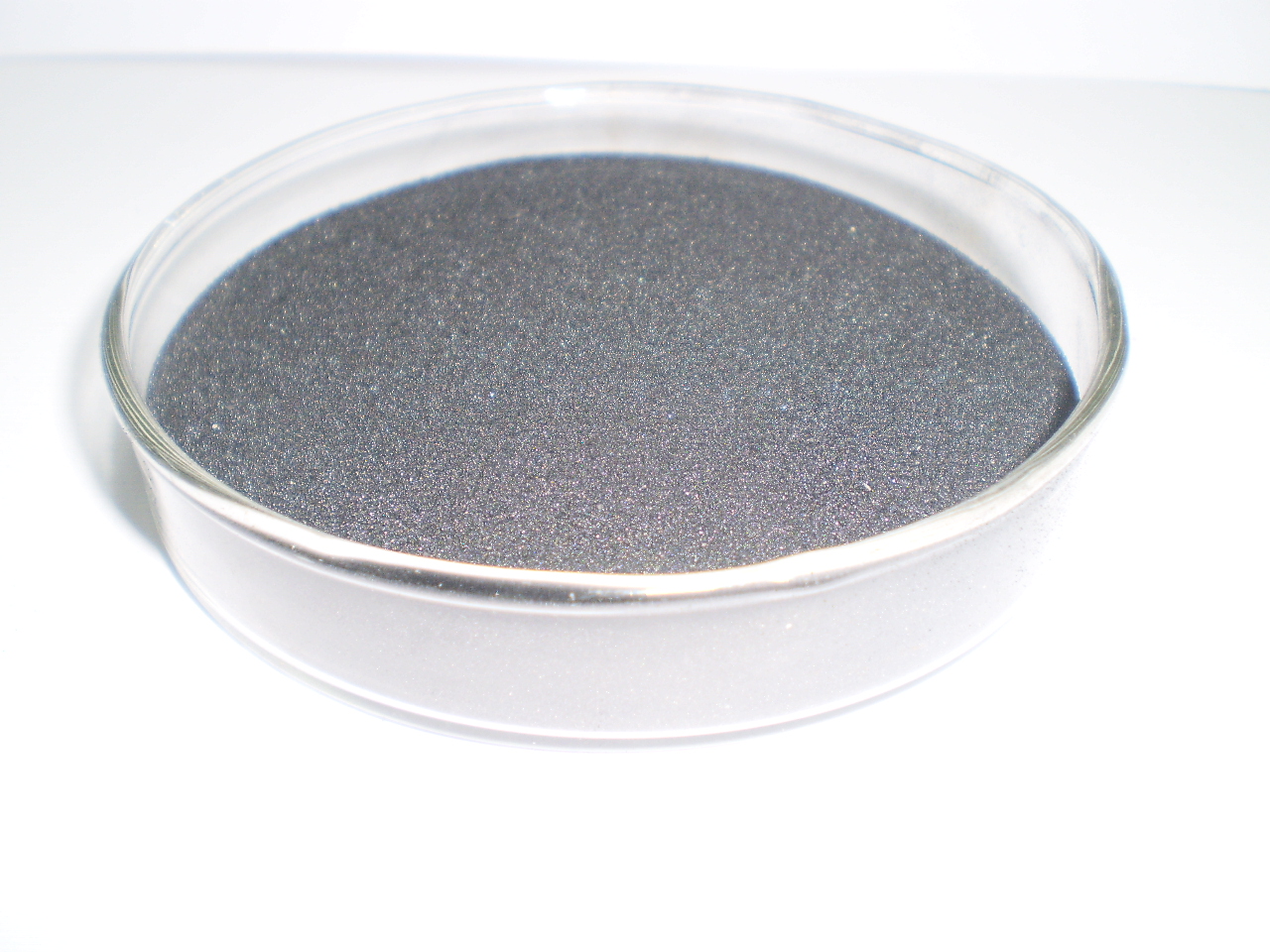1. DESCRIPTIONS
Ammonium Humate is important humic acid ammonium salt, has 50% of humic acid and 5% of ammonium nitrogen. It has both granule and flake form.
2. MAIN SPECIFICATION
| Appearance | Black Powder | Black Granule |
| Product code | SHA-NHHA-P | SHA-NHHA-G |
| Water-solubility | 80% | 80% |
| Particle size | / | 2-4mm |
| Mesh | 60 | / |
| Humic Acid(dry basis) | 50.0% min | 50.0% min |
| N | 5%min | 5%min |
| pH | 9-10 | 9-10 |
3. BENEFITS
- Addition of organic matter to organically-deficient soils. When applied to clay soils, humic acid can help break up compacted soils, allowing for enhanced water penetration and better root zone growth and development.
- When applied to sandy soils, humic acid adds essential organic material necessary for water retention thus improving root growth and enhancing the sandy soil’s ability to retain and not leach out vital plant nutrients.
- Increase root vitality, nutrient uptake, increased chlorophyll synthesis, promote seed germination. As mentioned above, one-way plant growth is improved is through the structural improvement of both clay and sandy soil allowing for better root growth development.
- Plant growth is also improved by the ability of the plant to uptake and receive more nutrients.
- Humic acid is especially beneficial in freeing up nutrients in the soil so that they are made available to the plant as needed. For instance, if an aluminum molecule is bound with a phosphorus one, humic acid detaches them making the phosphorus available for the plant.
- Humic acid is also especially important because of its ability to chelate micronutrients increasing their bio-availability.
- Stimulate beneficial microbial activity, increased fertilizer retention. The activities of beneficial soil microbes are crucial for the sustainability of any soil and plant growth.
- Humic acid stimulates microbial activity by providing the indigenous microbes with a carbon source for food, thus encouraging their growth and activity.
- Soil microbes are responsible for solubilizing vital nutrients such as phosphorus that can then be absorbed by the humic acid and in turn made available to the plant.
- Additionally, microbes are responsible for the continued development of humus in the soil as it continues to break down not fully decomposed organic matter. This in-situ production of humus continues to naturally add to the humic acid-base and its benefits.
- Healthier plants and improved yields.
4. HOW TO USE
- Base fertilizer:25Kg/HA,suggest to mix with Urea MAP,DAP MKP
- Irrigation:15kg/HA
5. PACKAGE
- 25 kg woven bags with liner inside.
- Jumbo bags with bottom dischargeable.


